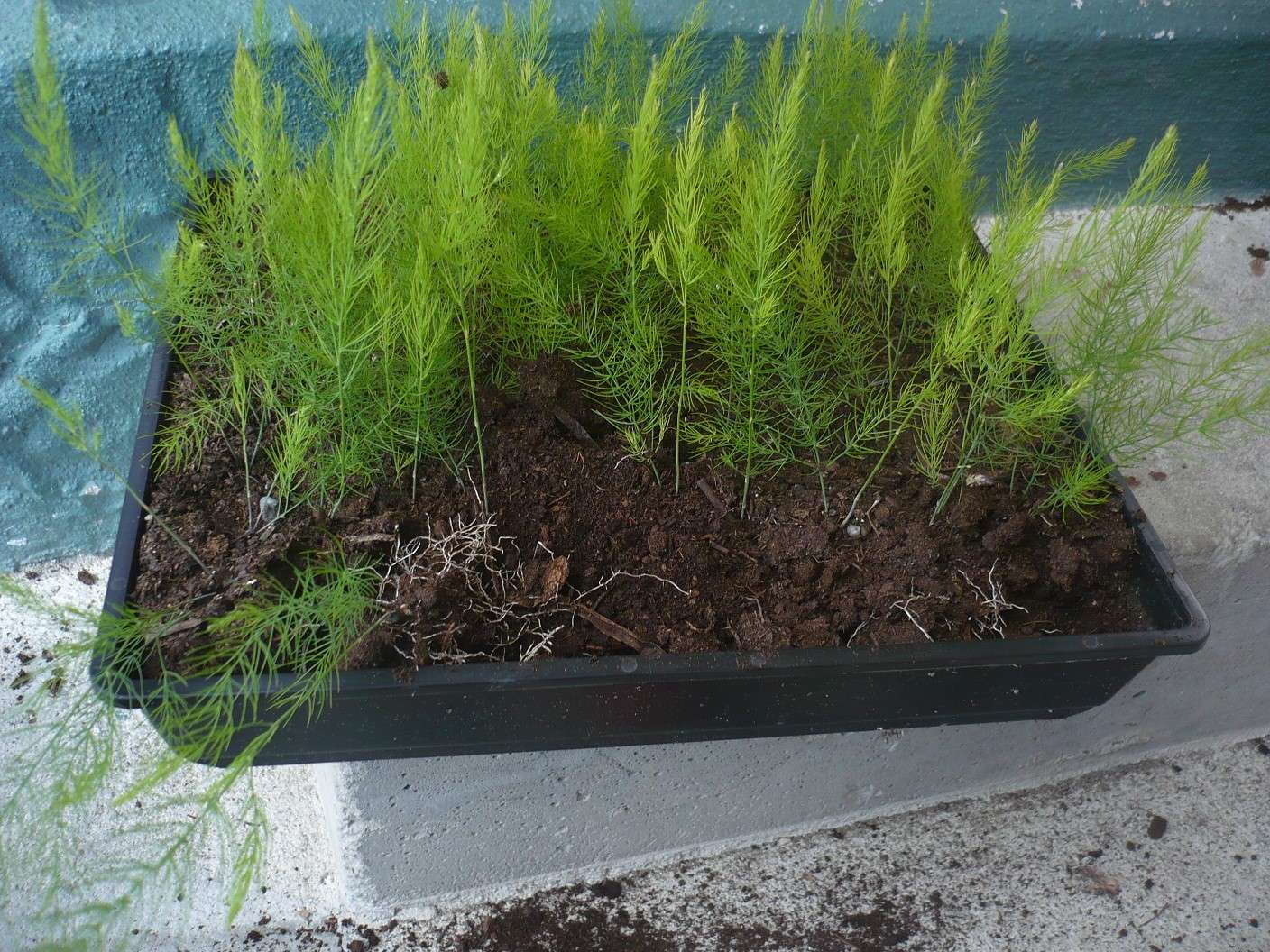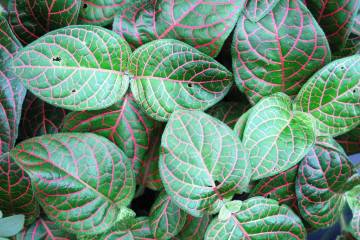Asparagus Sprenger - home care
Content:
Having planted a few asparagus bushes, you can decorate the house with openwork cascades of greenery in a short time. He is handsome, unpretentious in care. Having created the necessary conditions for the plant, the florist will admire the graceful green shoots all year round. The following is information on caring for sprenger asparagus at home, reproduction, possible problems when growing a flower.
What does it look like, which family it belongs to
Asparagus sprenger is also called Ethiopian asparagus. It belongs to the asparagus family. In nature, it prefers to live in humid places. Experts began to domesticate asparagus for a little over a hundred years. In Europe, the plant appeared at the end of the 19th century. It was introduced by Karl Sprenger, after whom the plant is named.
The plant consists of shoots 1.5 meters long, covered along the entire length with green false leaves. Due to the fact that they are collected 3-4 pieces together, the plant looks especially decorative. The most decorative is Sprenger Vivaldi's asparagus.
Features of caring for a plant at home
After purchase, the flower pot is left in a shaded place for adaptation. Then he is transplanted and provided with the required conditions of detention.
Temperature
The optimum temperature for flower growth in summer is 20-28 ° С, in winter - 14-18 ° С. At winter temperatures below 10 ° C, the plant may begin to shed its leaves.
Lighting
The plant is light-requiring, therefore, it must be placed in a well-lit place, but without hitting the shoots of sunlight. The flower will feel good on the shelf near the window. In winter, asparagus may need backlighting. With a lack of light, the branches stretch out, the leaves turn yellow and crumble.
Watering
Bushes love abundant watering. The soil should always be moderately moist. Excessive moisture can cause the earth to acidify and the root system to rot. Water the asparagus with warm, settled water.
Spraying
The flower responds gratefully to spraying and a light shower. After these procedures, the shoots come to life, the leaves become bright, acquire a rich green color. In the summer, you can spray the bushes daily, preferably in the morning. It is enough to do a shower once a week.
Humidity
There are several ways to increase the humidity around the flower pot. For example, put a container of water next to it. Another way is to put small stones in a pallet, fill them with water, and place a pot of asparagus on top.
Priming
The substrate is selected lightweight, breathable and permeable. You can buy it at a flower shop or make your own from the following ingredients:
- leafy and sod land;
- peat;
- river sand;
- vermiculite.
Top dressing
From spring to mid-autumn, asparagus is fed with mineral fertilizers for decorative deciduous plants. The procedure is carried out once every 10-14 days. Before feeding the plantings, they are watered with plain water.
Winter care feature
Sprenger's asparagus does not have a dormant period, but in winter it is watered and fed less. So that during this period the leaves do not dry out due to too dry indoor air, you need to increase the humidity around the pot with the plant.
When and how it blooms
The flowering months are May and June. The flowers are white, collected in paniculate inflorescences, have a delicate aroma. They are located in the axils of the lateral branches. After a while, round fruits are formed, first white, then red with one seed inside. The berries can be used for seed propagation.
Pruning
By spring, asparagus usually loses its decorative effect, so some shoots can be completely cut off. The flower quickly grows new stems with young green leaves. In addition, throughout the season, diseased, dried-up branches are cut, which can infect the entire plantation with pathogenic microorganisms.
How does it multiply
Asparagus sprengeri can be diluted in several ways: by seeds, cuttings, dividing the bush
Germinating seeds
Reproduction begins in early spring. The procedure is carried out as follows:
- Loose, fertile soil is poured into a shallow box.
- Shallow grooves are made into which the seeds are spread at a distance of 3 centimeters from each other.
- Sprinkle with a damp substrate.
- Cover with transparent film or glass.
The box with plantings is placed in a warm room, making sure that the soil does not dry out. The mini-greenhouse is constantly ventilated by wiping off condensation from the walls of the box and from the film. The first shoots will appear in about a month. When they grow up a little, they are seated in small containers. After 4 months, they are transferred with an earthen clod into larger pots.
Rooting cuttings
This is the most difficult way to breed asparagus, as the planting material often dies. To propagate a flower by this method, last year's shoots are cut into cuttings 10-15 centimeters long. Each workpiece is stripped of leaves by a third, and planted in loose soil.
Containers with plantings are covered with foil to create favorable conditions for rooting cuttings. The seedlings are ventilated every day. After about a month, the roots will appear, after which the plantings can be planted in separate pots.
Dividing the bush
When the bush grows, it can be divided into parts by acquiring several new plants. For this, the asparagus is shaken out of the pot, separated by hand or with a sharp knife. Each section should contain several shoots and a root system. Plants are planted in separate containers.
Transfer
Young shrubs are planted in small pots and transplanted into larger containers each year. When the plants grow up, the procedure is carried out once every 3 years.
An asparagus transplant is performed as follows:
- Water the bush so that it can be easily removed from the container.
- Turn the pot over, gently shake out the root system along with a lump of earth.
- Examine the roots, if necessary, remove rotten and dry ones.
- A new pot is filled by a third with earth, an asparagus is placed in the center, covered with a substrate, and watered.
Possible problems when growing a flower
With improper care, the dense-flowered sprenger asparagus can lose its decorative effect. Possible problems are as follows:
- The leaves turn yellow and crumble. This usually happens in winter due to the dry air. The situation can be corrected by increasing the humidity around the plant.
- The leaves turn pale. Chlorophyll disappears from leaf plates due to lack of light. The flower is moved to a well-lit room.
- The tips of the leaves dry.This problem can happen due to direct sunlight on the asparagus, as well as due to a lack of moisture in the pot. The plant is shaded on a hot afternoon, watering is increased.
- The lower leaves fall off. A possible reason is an excess of moisture in the soil. The flower needs to be transplanted into loose soil, excess water should be poured from the pan.
- Pests. The bush can be affected by spider mites, aphids, scale insects, thrips. To get rid of pests, asparagus is sprayed with insecticides.
Signs and superstitions
Superstitious people believe that the sudden death of asparagus entails the death of someone from the household. In addition, there is a belief that a flower brings discord into the house.
Some growers believe that the plant, on the contrary, brings calmness and regularity to the home. If there is a flower in the room, the negative energy introduced by people is neutralized. It is noted that if asparagus is present in the office, concentration of attention and efficiency increase.
Asparagus sprengeri is an ornamental deciduous houseplant. It is beautiful in appearance, unpretentious in care, it is able to cleanse the air from impurities. Properly caring for the plant, the florist will be able to admire the spectacular planting for a long time.




















